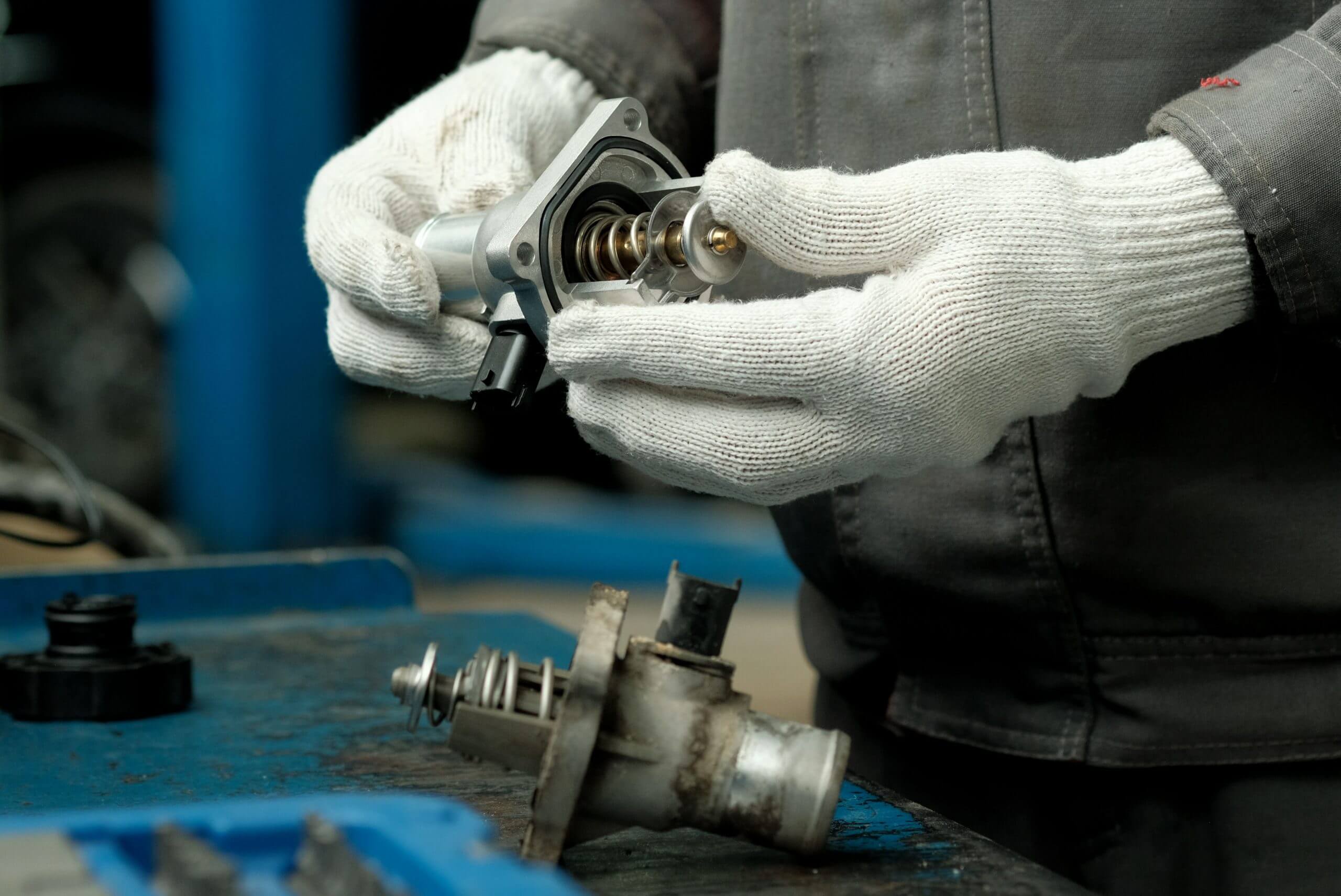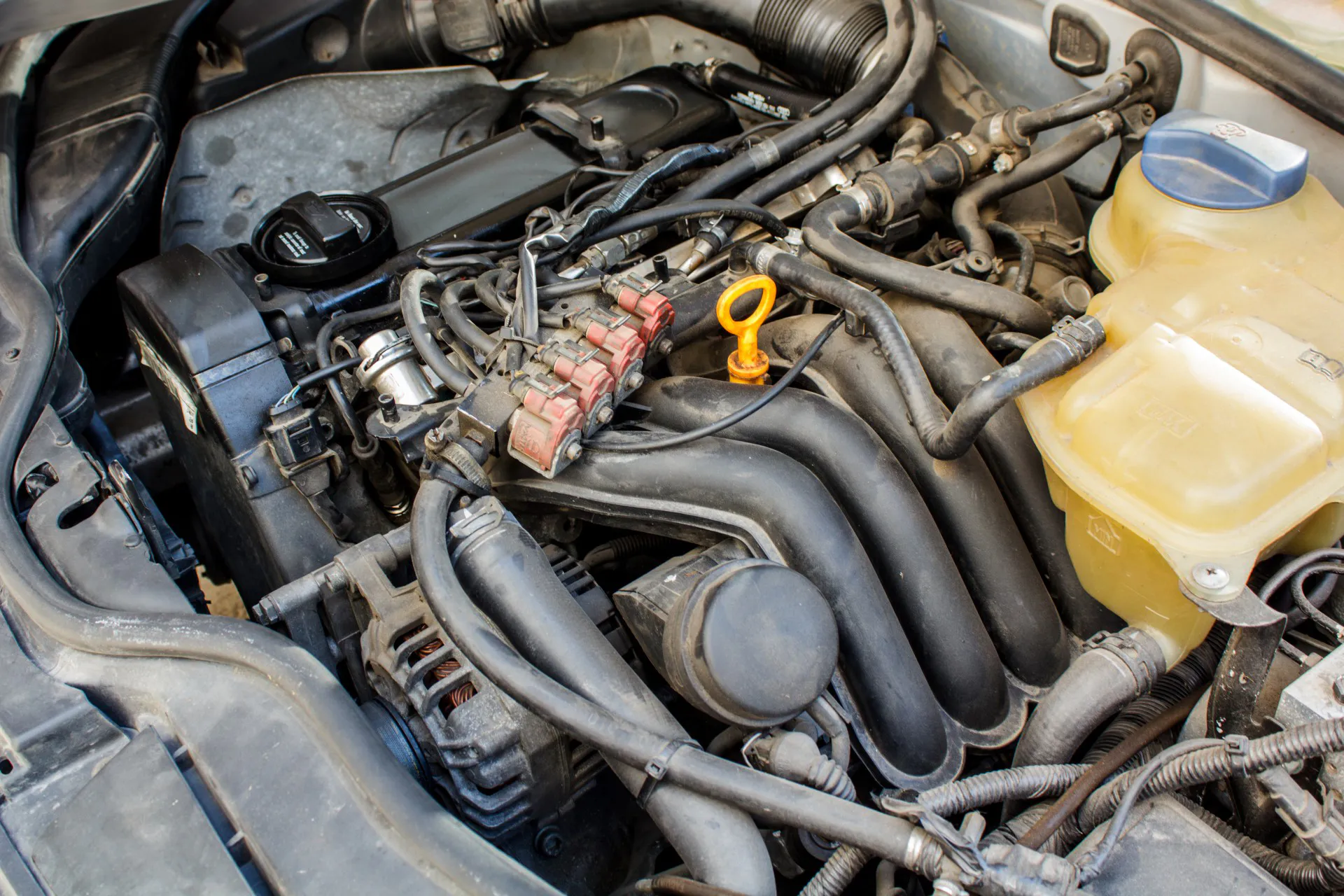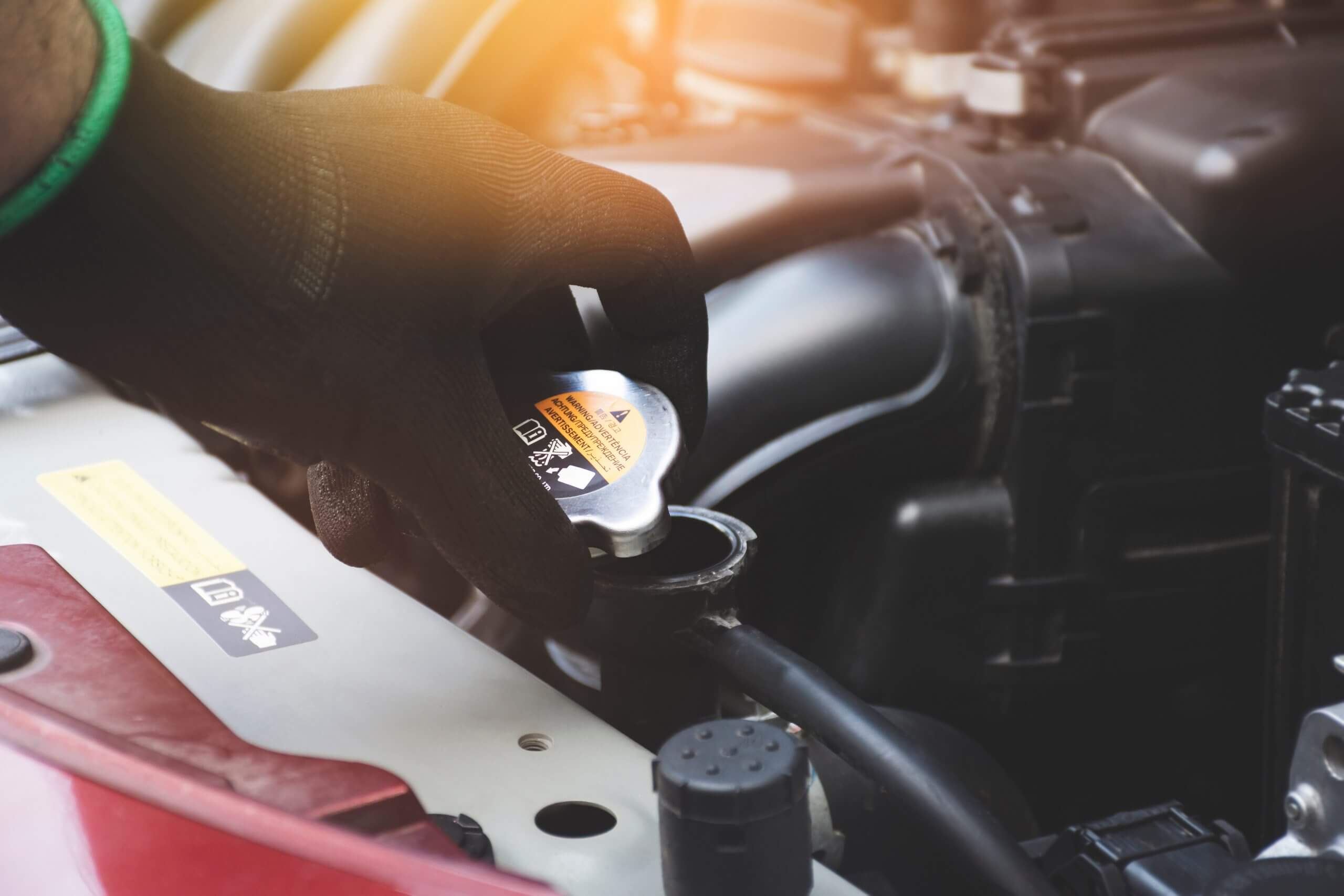How to Check Engine Coolant Temperature
Do you know that the engine coolant temperature helps measure the degree of hotness or coldness of your car’s internal combustion engine?
That way, you will know if your internal combustion engine runs at an optimal temperature.
However, how seriously should you take your engine coolant temperature?
This article will show you what engine coolant temperature is all about and ways you can check it.
Read on!
What Is Engine Coolant?
Engine coolant (also known as antifreeze) comes as a fluid that allows your engine to operate at optimum temperature. For context, this fluid comes with a chemical substance known as ethylene glycol. And, ethylene glycol is responsible for the antifreeze properties of any coolant you buy from a marketplace.
However, not all engine coolants are the same. Some are made from propylene glycol and do have a varying color of green, blue or pink… Besides, the overall coolant contains distilled water and antifreeze at a 1:1 ratio. The water component enables proper absorption of heat while antifreeze increases the boiling point.
How Does Engine Coolant Work?
Here’s how an engine coolant works in an internal combustion engine.
So, whenever your engine heats up, the cooling system sends the engine coolant through the engine block and head passages. That way, the coolant picks up heat as it flows through the engine passages.
Furthermore, the heated fluids go to your car radiator and are cooled by air entering the engine compartment. After cooling, this engine coolant recirculates back into the engine compartment, and the process repeats itself. Thanks to a water pump, your car’s coolant can move freely through the hidden passages.
Why Is Engine Coolant Temperature Important?

As humans, our bodies possess a mechanism that helps us control internal temperature relative to our environment. The same is true of your car’s internal combustion engine, which needs to cool down when it gets hot and vice versa.
For this reason, several cars have coolants embedded in their internal combustion engines. In addition, there is also a sensor that you can use to monitor the optimal temperature for your car engine. Let’s see why ECT is important to the cooling system:
Prevent the coolant from freezing during the winter
If the coolant freezes, the radiator will be damaged, as well as the engine. However, you can avoid this by knowing the proper coolant temperature for your car engine. So, if the coolant temperature is below freezing point, you would take urgent steps to top up. That way, your coolant remains unfrozen and allows your engine to run efficiently.
Help protect the engine from the summer heat
While you may love summer road trips, you should ensure your car engine remains cool. Overheating could cause engine cracks which cause significant oil leaks and low performance. It will be unsafe to drive your car around. However, once you can estimate the temperature of your engine coolant, you would take the required steps to prevent further damage.
Prevent corrosion
Knowing the engine coolant temperature allows you to estimate the actual state of the engine coolant. This is because a mix of water and glycol solution can cause corrosion at the wrong temperature. Preventing corrosion ensures regular system thermal performance and a continuous, normal flow of engine coolant.
Signs of Fluctuating ECT
Over time, under severe working conditions, the coolant and some parts in the cooling system will be damaged. Then the coolant temperature won’t stay stable. This is very dangerous for the cooling system because it can damage some certain parts of your car. Here are some signs to alert you if your engine coolant temperature fluctuates.
- Coolant Warning Light Comes On
- Check Engine Code P0128
- Check Engine Code P0117
- Check Engine Code P0118
- Engine Overheating
- Temperature Gauge Lower or Higher Than Normal
- Sweet Smell
- Smoke From Car Engine
- Poor fuel economy
Causes of ECT Fluctuation
Here are the significant causes of Engine Coolant Temperature fluctuation. This includes;
Old and dirty coolant
If it’s been awhile since your last coolant change and your engine coolant has dirt contamination even in a small amount, it may not cool an engine properly. That also causes engine overheat, which can lead to high temperature coolant.
Low-level coolant
Low coolant levels within your car engine system could increase friction which causes an unnatural increase in temperature. Check the coolant temp and level is necessary to maintain the system in good shape.
Coolant leak
A coolant leak causes a reduction in the amount of engine coolant available in the car system. This causes Engine Coolant Temperature fluctuation as enough coolant no longer circulates back to the engine. And its major cause stems from holes in the radiator or engine tubing where the coolant passes through.

Detective thermostat

Just like a thermostat in an electric home iron, an engine thermostat helps regulate the movement of engine coolants within the car. It primarily ensures enough coolant needed for optimum engine temperature circulates back to the engine.
If your car thermostat becomes defective, it cannot regulate coolant flow within the car engine system. Hence that’s a downside to the Engine Coolant temperature.
Failing radiator fan

The radiator fan supplies a stream of air that blows heat away from an engine coolant after it circulates through engine passages. These fans are pretty helpful when your car is in a stationary state or motion. Therefore, a failed radiator fan can cause the engine to overheat since there’s no reduction in engine coolant heat.
Broken radiator cap

A radiator cap helps supply pressure for the engine coolant to circulate appropriately within a system. That way, the boiling point of the engine coolant increases and allows it to accommodate the heat. Once at a state of optimal pressure, your car engine can run efficiently and stay protected from damage.
If a radiator cap is broken, it can cause engine overheating, loss of coolant. Then the temperature will increase.
Dirty radiator

The accumulation of dirt on a radiator prevents the even supply of air that can blow heat away. The amount of heat absorbed is greater than the air required to reduce it to the optimal level at such a state. Hence, the absorbed heat is circulated back to the engine, knocking off the engine in the long run.
During time, the radiator can become dirty, clogged, or leaky. If this happens, the airflow will be restricted. Hence, the coolant heat can not be absorbed, and the temperature will be higher than normal when driving.
How to Check ECT
As a rule of thumb, it’s pretty essential to diagnose the underlying cause of a car problem before attempting a fix. The same goes for faults in the engine coolant. Fortunately, there are better ways you can check for ECT for your car engine. The best part is that you can check for ECT by yourself. No need to pay mechanics for diagnostic tests.
These methods involve:
- Using FIXD scanner
- The use of a thermometer
Using FIXD Scanner
The FIXD scanner is a professional diagnostic tool, which is compatible with all OBD2 protocols in your cars. It’s a handy tool for checking car problems the DIY way. And with a FIXD scanner, you can monitor specific details that pertain to engine coolant. That includes coolant level, ease of flow, and temperature.
This tool is so simple to use, any beginner who has little idea about cars can take measured steps to look up issues and recommend fixes. All without spending extra at a mechanic workshop for diagnosis. Here is a way you can use FIXD to check your Engine Coolant Temperature.
Preparation
Today’s modern cars are like computers on wheels; hence you have the rise of less complex car sensors like FIXD. With FIXD, you need little to no preparation for diagnostics. All you need is a Bluetooth mobile device and the FIXD sensor.
Step by step guide
- Step 1: Download the FIXD app to your mobile device (Android or iOS).
- Step 2: Take the FIXD sensor and plug it into your car’s port.
- Step 3: Open the app on your mobile and initiate Bluetooth connection right on the app
- Step 4: Turn on the car and wait till it gets to normal working temperature
- Step 5: To check specific issues with Engine Coolant Temperature, Open FIXD, choose Toolbox >> live gauges >> coolant temperature.
Note: If you want to scan more problems related to Coolant temperature, you also can watch out for the Code “P2185”. The code also lets you know if the ECT of your car engine is high or low.
Using Thermometer
Another way to check the Engine Coolant temperature is to use a thermometer. It is advisable to use an infra-Red thermometer to do this job. This type of thermometer doesn’t require contact with the object of interest before taking temperature readings. That way, you don’t have to come closer to hot or extreme cold surfaces.
Preparation
Nothing much is needed to start this process. You need an Infra-Red thermometer and hand gloves.
Step by step guide
- Step 1: First off, open your car bonnet to reveal your car engine.
- Step 2: Then look for the car engine thermostat. Go over to your car and put on the ignition, so your car engine warms up.
- Step 3: Take out your infra-red thermometer, aim the thermometer on the engine thermostat to take the temperature readings.
- Step 4: As you do this, ensure the fan is working correctly, so you have a temperature range around 180℉ to 220 ℉.
- Step 5: If the engine remains hot, scan the radiator’s surface and check for clogs or faults. That way, the temperature should decrease from one side to another, meaning you need to change the radiator.
Conclusion
That’s all there is to engine coolant temperature. Now you know how important it is to check for engine coolant temperature. This act is critical if you want to extend the shelf life of your car engine. That’s why I highlighted two DIY methods you can use to check for ECT without going to the mechanic. Now over to you: Which one of the ECT diagnostics will you use to ensure engine coolant runs at a normal level? Don’t joke with your vehicle maintenance. Check the ECT regularly.
Other Common Car Repair Costs Transmission service cost AC recharge Brake pads and rotors cost Spark plugs cost Timing chain

At FIXD, our mission is to make car ownership as simple, easy, and affordable as possible. Our research team utilizes the latest automotive data and insights to create tools and resources that help drivers get peace of mind and save money over the life of their car.














